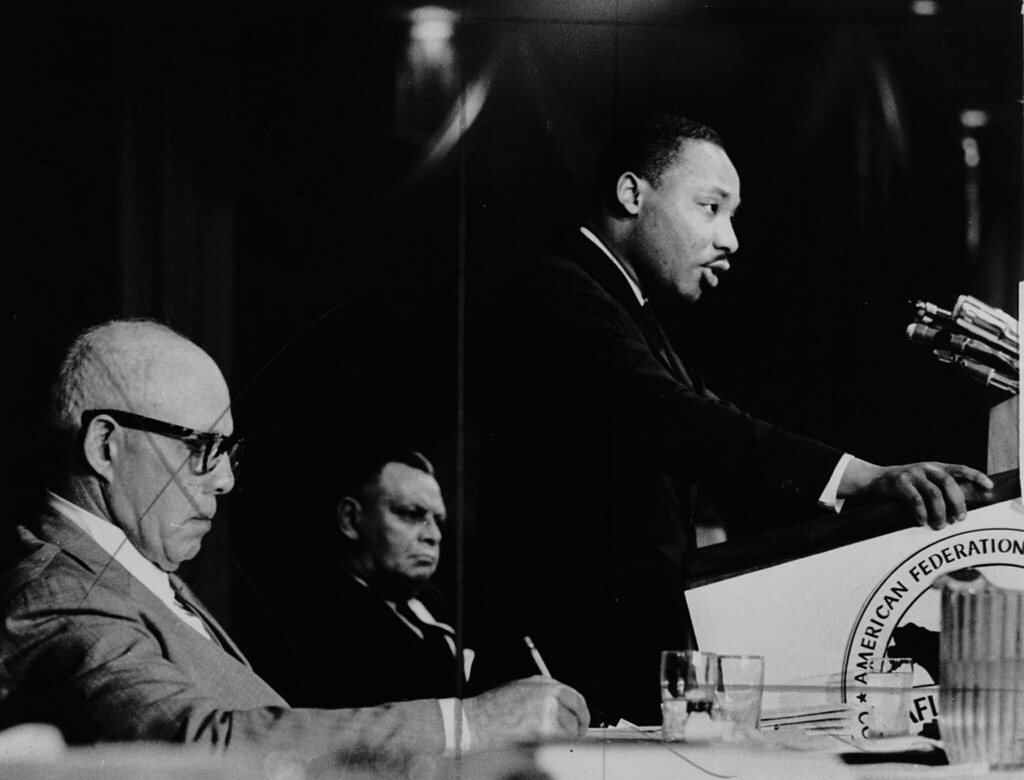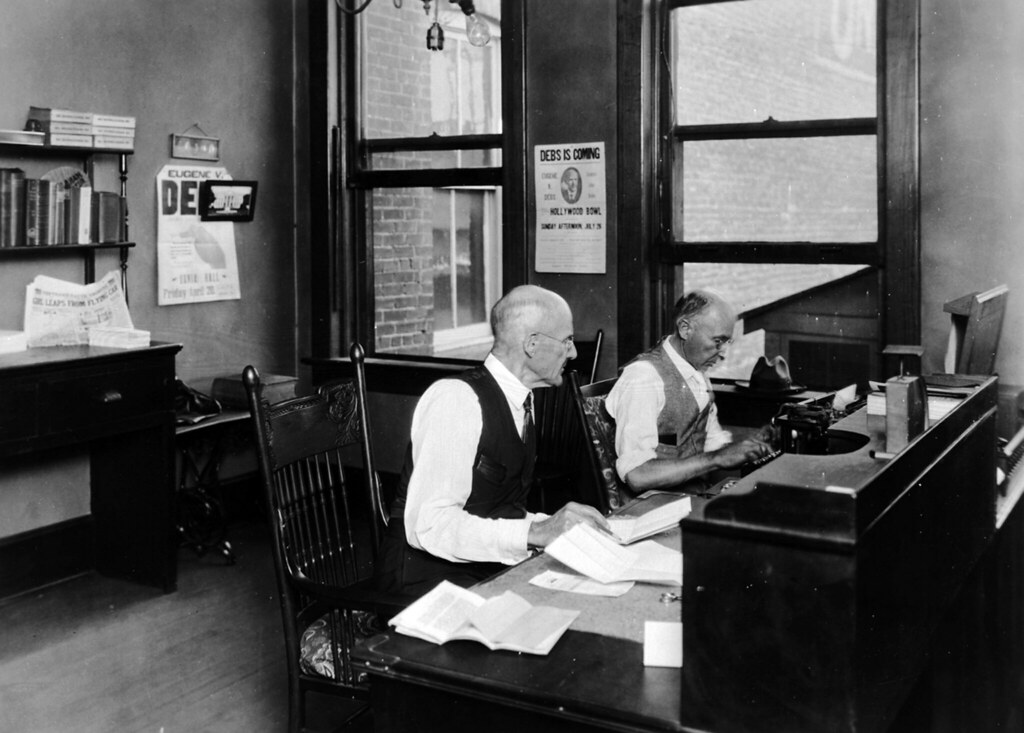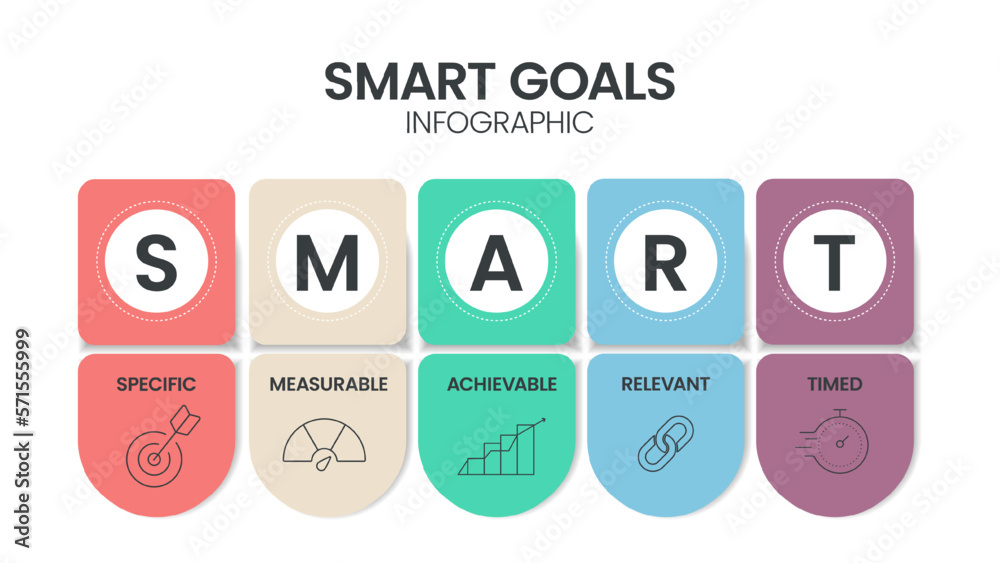
Ever felt like negotiation is just for high-powered business execs or intense diplomatic talks? Think again! The truth is, negotiation isn’t some fancy, exclusive club; it’s a skill we all use, often without even realizing it, every single day. From deciding where to grab dinner with friends to discussing responsibilities with family members, negotiation is at the heart of finding that sweet spot where everyone feels heard and valued.
At its core, negotiation is a strategic dialogue between two or more parties aimed at reaching a mutually beneficial agreement or resolving a conflict. It’s about exchanging proposals, considering different interests, and finding common ground. As the brilliant Jorge Loebl, founder of Revolving Change, puts it, “We even negotiate with ourselves. When we face a situation where we know we need to do something unpleasant, frustrating, or outside of our comfort zone, we start negotiating internally.” It’s a constant dance of give and take, big or small, shaping our personal and professional worlds.
But here’s the kicker: most of us approach these daily negotiations intuitively, not strategically. We react instead of plan, often missing golden opportunities or getting caught in frustrating dynamics. That’s why we’re diving deep into 14 simple, yet super effective, negotiation tactics that you can absolutely start using right now to transform your interactions, boost your career, and even improve your relationships. Get ready to level up your life by mastering these everyday negotiation superpowers!

1. **Recognize Your Daily Negotiation Blind Spots**
One of the biggest hurdles to becoming a negotiation pro is simply not realizing when you’re actually negotiating. It’s like walking around with a superpower you don’t know you have! So many of our daily decisions, from team workload distribution to family chores, are ripe with negotiation opportunities, yet we often default to emotional responses or avoid tough conversations altogether. Recognizing these moments is the very first step to taking control and getting better outcomes.
Jorge Loebl stresses that awareness is paramount, stating, “The problem is, we don’t always realize we are negotiating. A lot of decisions in life—big or small—are actually negotiations in disguise.” Imagine a scenario where a team member consistently misses deadlines, impacting your work. Do you confront them aggressively, stay silent and do extra work yourself, or negotiate a solution that creates accountability? The third option, the negotiation, is where true leadership and effective solutions lie.
By reframing challenges as negotiation opportunities rather than conflicts, you open up a whole new world of possibilities. It’s about identifying areas where you frequently compromise too quickly, or observing the power dynamics in your daily interactions. This conscious recognition allows you to shift from being a passive participant to an active architect of your outcomes. Starting here means you’re already ahead of the game, spotting those hidden chances to shape your reality.
Read more about: The 14 Essential Questions to Ask Before Buying a Car: Your Comprehensive Guide to Safety and Value

2. **Set Clear Objectives & Plan Your Approach**
If you want to win, you need a game plan, right? The same goes for negotiation. Jumping into a discussion without a clear idea of what you want is like setting sail without a map – you might end up somewhere, but it probably won’t be your desired destination. Many workplace negotiations, in particular, fail simply because of poor preparation, leaving individuals vulnerable to the demands of the other party.
Before any crucial conversation, take a moment to define your ideal outcome and your non-negotiables. What does success look like for you? What are the absolute limits you won’t cross? This clarity empowers you. As Loebl recounts, a client who felt “ripped off” by Gen Z workers in negotiations admitted he hadn’t defined what he wanted beforehand. The lesson? “The younger professionals simply out-negotiated him” because they were prepared, and he wasn’t.
Preparation puts you in the driver’s seat. It’s about thinking ahead, anticipating potential resistance, and planning your responses. Whether it’s aiming for a fair division of responsibilities with colleagues, advocating for a compensation package that truly reflects your value, or crafting a schedule that balances productivity and personal life, defining your success criteria beforehand is non-negotiable. This strategic foresight ensures you’re controlling the negotiation rather than simply reacting to it.
Read more about: 14 Simple Hacks: Drive Further & Save More with Regenerative Braking Mastery for Your EV or Hybrid

3. **Set the Tone: Build Trust from the Start**
Ever walked into a negotiation feeling that instant tension in the air? It’s a common scenario where both parties start defensively, worried about what they might have to give up. But what if you could flip that script and start by building a genuine connection, laying down a foundation of trust? It’s a game-changer, fostering an environment of collaboration rather than confrontation.
Consider the example of a Fortune 500 company seeking a long-term vendor partnership. Instead of immediately demanding lower prices, they took a smarter route. Their initial conversations weren’t about terms and conditions; they revolved around shared goals and mutual benefits. They discussed how a successful collaboration would not only boost their bottom line but also enhance the vendor’s market reputation. This approach transformed a potential battle into a shared journey toward success.
Setting the tone by focusing on collaboration and relationship-building before diving into demands creates a profoundly different dynamic. When you show a genuine interest in shared success, you’re not just negotiating a deal; you’re building a partnership. This approach makes both sides more willing to find common ground, leading to more sustainable and satisfying outcomes for everyone involved. Trust, after all, is the ultimate currency in any lasting agreement.
Read more about: Mastering the Grip: Your Ultimate DIY Guide to Tire Tread Safety in Rainy & Snowy Conditions

4. **Master the Power of Anchoring: Set the First Offer**
Here’s a cool psychological trick that’s incredibly effective in negotiations: anchoring. Think about the last time you haggled over a price – didn’t that first number, whether it was the asking price or your initial offer, stick in your head? That’s anchoring in action. It’s about strategically setting a reference point that will subtly guide the entire discussion that follows, shaping expectations and influencing perceptions of value.
It’s not just about throwing out any number; it’s about making a calculated first move. Imagine a real estate buyer eyeing a prime commercial property. The asking price was steep, but they strategically set an anchor by offering just below it, even though they were prepared to pay the full amount. The magic happened: the seller, now subconsciously influenced by that initial, slightly lower anchor, countered with a slightly higher number, allowing the buyer to close the deal below the original asking price. Talk about a savvy move!
When you make the first move, you establish the framework within which the rest of the negotiation unfolds. Anchoring helps shape expectations, often leading to a better outcome than you originally anticipated. It requires confidence and a good understanding of the value you’re discussing, but once mastered, it becomes a powerful tool in your negotiation toolkit, subtly steering the conversation in your favor.
Read more about: 15 Simple Secrets That Car Sales Managers Don’t Want You to Know About Pricing

5. **Leverage Your BATNA: Know When to Walk Away**
Walking away from a negotiation can feel incredibly daunting, right? It takes a serious dose of confidence to decline an offer, especially after you’ve invested time and effort into getting there. But here’s a secret: sometimes, your most powerful move is knowing when you *can* walk away because you have a strong alternative. This is where your BATNA, or Best Alternative to a Negotiated Agreement, comes into play.
Your BATNA isn’t just a backup plan; it’s your leverage. Imagine a highly skilled software developer negotiating salary with a potential employer. The company wasn’t willing to meet their compensation requirements. Crucially, this developer had other offers lined up. Armed with a solid BATNA, they could politely decline the initial offer. What happened next? The employer reconsidered, realizing the developer’s value, and ultimately met their terms. That’s the power of knowing your options!
Never underestimate the power of your backup plan. Knowing you have other viable options not only significantly boosts your confidence during discussions but often compels the other party to come back to the table with a more attractive offer. It’s a subtle yet incredibly effective way to demonstrate your strength and ensure you don’t settle for less than you deserve, turning a potential stalemate into a powerful comeback.
Read more about: The 14 Most Important Negotiation Lessons from 15 Famous Historical Figures

6. **Utilize Silence as a Strategy**
Ever noticed how uncomfortable silence can be in a conversation? Our natural human instinct is often to fill that void, sometimes by revealing more information than we intended, or even by making concessions just to break the quiet. But in the world of negotiation, silence isn’t awkward; it’s a strategically powerful ally. It’s about letting the other side sit with what’s been said, compelling them to reveal more or make a move.
Picture a high-stakes merger negotiation. One side presents an offer. Instead of immediately firing back a response, the other party simply stays silent. The seconds tick by, feeling like an eternity. The pressure builds. Eventually, feeling compelled to act on the discomfort of the silence, the offering side actually increased their terms, adding more value without being prompted. Imagine that – getting more simply by saying nothing!
Silence can indeed speak louder than words. When you strategically pause and give the other party time to process and think, it can often lead to them improving their offer without you having to utter another word. It shifts the power dynamics, creating space for reflection and often, further concessions. So, next time you’re in a negotiation, remember: a well-placed pause might be your most impactful statement.
Read more about: Beyond the Horizon: The 15 Most Comfortable Cars for Long Road Trips, Reviewed by Experts

7. **Find Creative Win-Win Solutions**
Getting stuck in a negotiation deadlock doesn’t have to mean game over. In fact, it’s often a signal that it’s time to unleash your creative problem-solving skills! When two sides are digging their heels in, unwilling to budge, the real genius lies in finding an alternative solution that satisfies the core needs of both parties, turning a potential standoff into a shared victory.
Consider the classic scenario of a startup and an investor clashing over equity shares. The startup was determined to maintain control, while the investor naturally wanted a larger slice of the pie. Instead of one side conceding defeat, they found a brilliant middle ground: a performance-based agreement. More shares would be awarded if specific milestones were reached. This not only motivated both sides toward success but also protected the startup’s crucial control, ensuring everyone felt like they’d gained.
Sticking rigidly to positions rarely works in the long run. Creativity is your secret weapon. When faced with a roadblock, challenge yourself to think outside the box. Find a way to give both sides something meaningful to strive for, something that ensures no one leaves feeling like they lost. True negotiation success isn’t about one side winning and the other losing; it’s about crafting solutions where everyone feels they’ve walked away better off, building bridges that last far beyond the deal itself.
Read more about: Beyond the Road: Unpacking the Complex Journey of EV Battery Recycling and Its Future

8. **Leverage Time to Your Advantage**
Ever felt the crunch of a deadline? It’s a powerful motivator, right? Well, in the thrilling world of negotiation, time is absolutely a double-edged sword. It can be your best friend or your worst enemy, all depending on how you wield it. Strategic deadlines aren’t just about setting a date; they’re about creating a sense of urgency that can genuinely drive decisions and nudge agreements forward.
Think about a savvy manufacturing company navigating a supply deal. They knew their supplier was eager to hit those crucial end-of-quarter sales targets. So, what did they do? They brilliantly set a deadline that perfectly aligned with the supplier’s internal needs. With the clock ticking and that internal pressure building, the supplier, eager to lock in the deal, agreed to much more favorable terms. Talk about playing the long game!
The lesson here is crystal clear: timing isn’t just a coincidence; it’s a strategic element. Understanding what’s truly motivating the other side’s timeline can give you a massive edge. Those deadlines can be the secret ingredient, making the difference between snagging an awesome deal or watching a golden opportunity slip away. So, next time, don’t just react to time; actively use it!
Read more about: Fuel Expert’s Smart Strategies: Slash Your Gas Costs Without Sacrificing Speed or Comfort

9. **Master the Win-Win Pivot**
Okay, so you’ve been pushing hard in a negotiation, maybe even feeling like you’re heading for a standoff. But what if the ultimate “win” isn’t about crushing the other side? Sometimes, the most brilliant negotiation tactic isn’t about winning at all; it’s about making sure *both* sides feel like they’ve walked away with something truly valuable. It’s about shifting gears from a rigid stance to a collaborative mindset.
Consider a tech firm deep in talks for a long-term service contract. They were hitting a wall by constantly pushing for a lower price, and honestly, it was starting to fray their relationship with a super important client. So, they brilliantly decided to pivot! They suggested a lower upfront cost, which was great for the client’s immediate budget, but paired it with a performance-based bonus. Everyone won: the client got less risk, and the firm got the chance for bigger rewards if they delivered excellence.
This isn’t about losing your leverage; it’s about smart strategy. There’s definitely a time to stand firm, but there’s also a powerful moment to pivot, to look for shared success. Embracing a win-win approach means you’re not just closing a deal; you’re actively building lasting partnerships that can grow and thrive far beyond the negotiation table. It’s about securing today’s agreement and nurturing tomorrow’s opportunities.
Read more about: 14 Simple Hacks: Drive Further & Save More with Regenerative Braking Mastery for Your EV or Hybrid

10. **Neutralize Your Emotions for Clearer Outcomes**
Ever found yourself in a negotiation where emotions started running high? It’s super common, but here’s the truth: an emotionally charged negotiation can often be a failed one. Our feelings are powerful, and while they’re absolutely valid, letting them dictate the entire outcome can lead to less-than-stellar results. It’s all about keeping your cool!
As Jorge Loebl, the founder of Revolving Change, wisely puts it, “emotions are non-negotiable—we feel what we feel. The key is neutralizing strong emotions so they don’t dictate the outcome.” It’s not about becoming a robot; it’s about acknowledging those feelings without letting them hijack your strategic thinking. Maintaining professionalism, even when things get heated, is a superpower in itself.
By consciously working to keep your emotions in check, you create space for rational decision-making and clearer communication. This approach allows you to focus on the facts, the objectives, and the potential solutions, rather than getting bogged down in reactivity. When you deliver your message with confidence and a calm demeanor, you’re much more likely to guide the conversation towards a productive, mutually beneficial agreement.
Read more about: Unlock Your Brain’s Full Potential: 14 Science-Backed Habits to Outsmart ‘Brain Rot’ and Boost Your Cognitive Power

11. **Master the Art of Active Listening**
We’ve all been there: just waiting for our turn to talk in a conversation, right? But in negotiation, listening isn’t just about waiting; it’s about actively engaging with what the other person is saying, and more importantly, what they *aren’t* saying. Active listening is your secret weapon to uncovering hidden needs, unspoken concerns, and ultimately, finding that elusive common ground.
It means truly hearing and understanding the other party’s perspectives, interests, and constraints, rather than just formulating your next argument. When you actively listen, you’re not just being polite; you’re gathering crucial intelligence that can help you tailor your proposals and anticipate potential resistance. This demonstrates respect, builds rapport, and encourages the other side to open up even more.
By focusing your energy on absorbing information, you dramatically increase your chances of finding solutions that work for everyone. It helps you move beyond rigid positions and uncover those underlying interests, transforming a potential conflict into a collaborative problem-solving session. So, next time, really *lean in* and listen—you might just hear the key to unlocking a breakthrough!
Read more about: The 15 Most Impressive Infotainment Systems in 2025 Luxury Sedans

12. **Ask Clarifying Questions to Diffuse Tension**
Ever been in a situation where a conversation felt like it was escalating, and you just wanted to hit the reset button? Sometimes, our automatic response to tension is to make accusations or express frustration, which often just pours fuel on the fire. But there’s a much smarter, more strategic way to navigate those tricky moments: by asking clarifying questions.
Instead of thinking, “You never support my ideas!” (which, let’s be honest, can feel pretty confrontational), try reframing it. The context gives us a fantastic example: “How can we ensure that my contributions are considered more fairly?” See the difference? One shuts down the conversation, the other opens it up. It shifts the focus from blame to collaboration, from problem to solution.
Strategic questioning is about transforming a perceived attack or an emotional outburst into an opportunity for understanding and joint problem-solving. By asking questions that seek information and perspective, you defuse tension, show you’re willing to engage constructively, and guide the discussion towards finding common ground. It’s a powerful tool for maintaining professionalism and keeping the conversation productive.

13. **Ensure Crystal-Clear Expectations & Follow-Up**
Woohoo, you’ve reached an agreement! But hold on a sec—is everyone on the exact same page? The job isn’t done until both parties leave the conversation with absolutely crystal-clear expectations. A handshake or a verbal “deal” is great, but misunderstandings can totally derail even the best intentions if the details aren’t hammered out and confirmed.
This is where the magic of a written follow-up comes in, especially for those important workplace negotiations. Jotting down the key agreements, responsibilities, timelines, and next steps acts as your negotiation superhero, preventing miscommunication and ensuring accountability. It’s like creating a roadmap everyone can follow, avoiding those frustrating “I thought you said…” moments.
As the folks at Revolving Change emphasize, the final test of a truly successful negotiation is whether *both* parties walk away knowing precisely what was agreed upon. This isn’t just about dotting i’s and crossing t’s; it’s about securing the integrity of your agreement and fostering trust for future interactions. So, after you’ve talked it out, make sure you write it down!

14. **Develop an Adaptable Negotiation Approach**
If there’s one golden rule in negotiation, it’s this: there’s no such thing as a one-size-fits-all strategy. Seriously! Every single negotiation is a unique blend of personalities, stakes, and contexts. Trying to use the exact same playbook every time is like trying to fit a square peg in a round hole – it just won’t work. The real pros? They’re master adaptors.
The key to unlocking negotiation superpowers isn’t just about mastering a few tactics; it’s about being prepared to pivot. It means being open to collaboration, willing to adjust your strategy on the fly, and, yes, never underestimating the power of listening more than you speak. Whether you’re setting a strong anchor, leveraging your BATNA, or using strategic silence, your success hinges on being flexible.
This adaptable mindset means you’re always ready to re-evaluate, to explore new angles, and to find creative solutions, even when you hit a roadblock. It transforms negotiation from a rigid battle into a dynamic dance, where your agility ensures you’re always moving towards a better outcome. With the right strategy and a flexible approach, negotiation isn’t just about closing deals; it’s about opening doors to endless possibilities and building stronger relationships.
Read more about: Behind the Impasse: 12 Core Budget and Contract Challenges That Strain Film Production Partnerships
And there you have it! From recognizing those sneaky daily negotiation opportunities to mastering the art of the win-win pivot, these 14 simple yet super-powered tactics are your new secret weapons. Negotiation isn’t just a skill for the boardroom; it’s a life skill that can totally transform your daily interactions, boost your career, and even make your relationships shine. So go ahead, practice these tips, embrace the power of strategic dialogue, and get ready to unlock some truly awesome outcomes in every corner of your life! You’ve got this!




